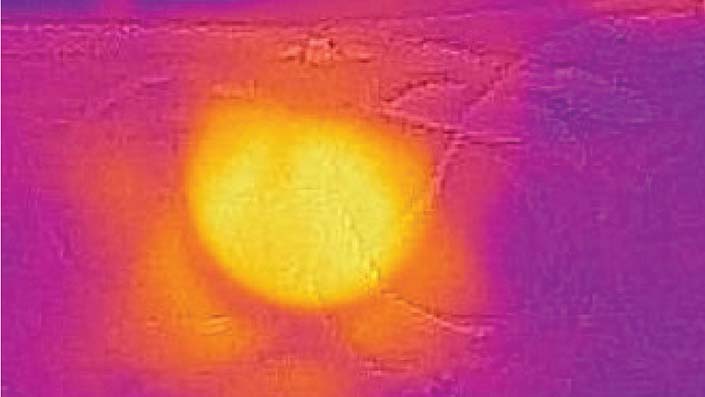Researchers develop 2D nanosheets to stimulate natural biological repair

Scientists in the Department of Biomedical Engineering at Texas A&M University are developing new ways to advance the field of regenerative medicine and cancer treatment. They are developing a 2D nanosheet that is 1,000 times smaller than a strand of hair.
Akhilesh Gaharwar, associate professor, has developed a new class of 2D nanosheets called molybdenum disulfide that can adsorb near infrared (NIR) light and modify cell behavior. These nanosheets are an emerging class of materials that have shown distinct physical and chemical properties due to their unique shape and size. Recently, some nanosheets have been explored for biomedical applications due to their light-responsive ability. Despite strong potential, Gaharwar’s research is entering new territory, as few studies have investigated their cellular compatibility and none have explored their ability to modulate cellular functions using light.
To explore the possibility of controlling the cell response via light, Gaharwar’s research group has synthesized an atomically thin nanosheet that can adsorb NIR light and convert it into heat. NIR light can penetrate deep inside the tissue compared to other types of light, including ultraviolet and visible light, and can be used to stimulate natural biological repair mechanisms in deep tissue.
Due to the high-surface area of nanosheets, they can stick to the outer membrane of cells and transmit a cellular signal to the nucleus, thereby controlling their behavior. Some of the nanosheets are also eaten by the cells and can influence cellular functions from inside.

